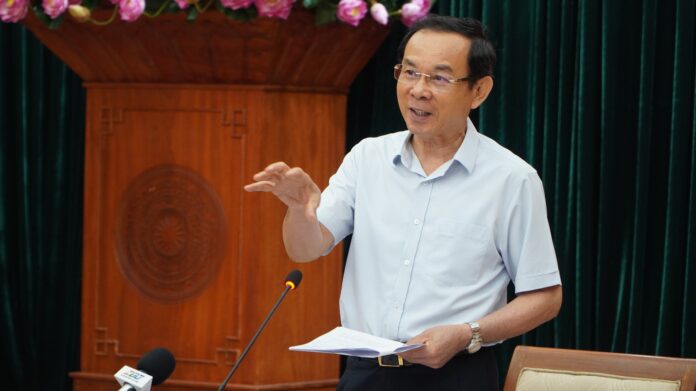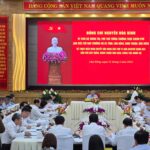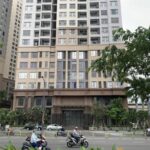On May 22nd, the Steering Committee for the Development of Ho Chi Minh City’s Urban Railway Network (abbreviated as the Steering Committee) held its first meeting. Mr. Nguyen Van Nen, Politburo member, Secretary of the Ho Chi Minh City Party Committee, and Head of the Steering Committee, presided over the meeting.
Concluding the meeting, Secretary of the Ho Chi Minh City Party Committee, Nguyen Van Nen, stated that the city is in the process of developing its urban railway network in accordance with the directions of the Politburo. This development is taking place amidst the city’s ongoing merger with Binh Duong and Ba Ria-Vung Tau provinces.
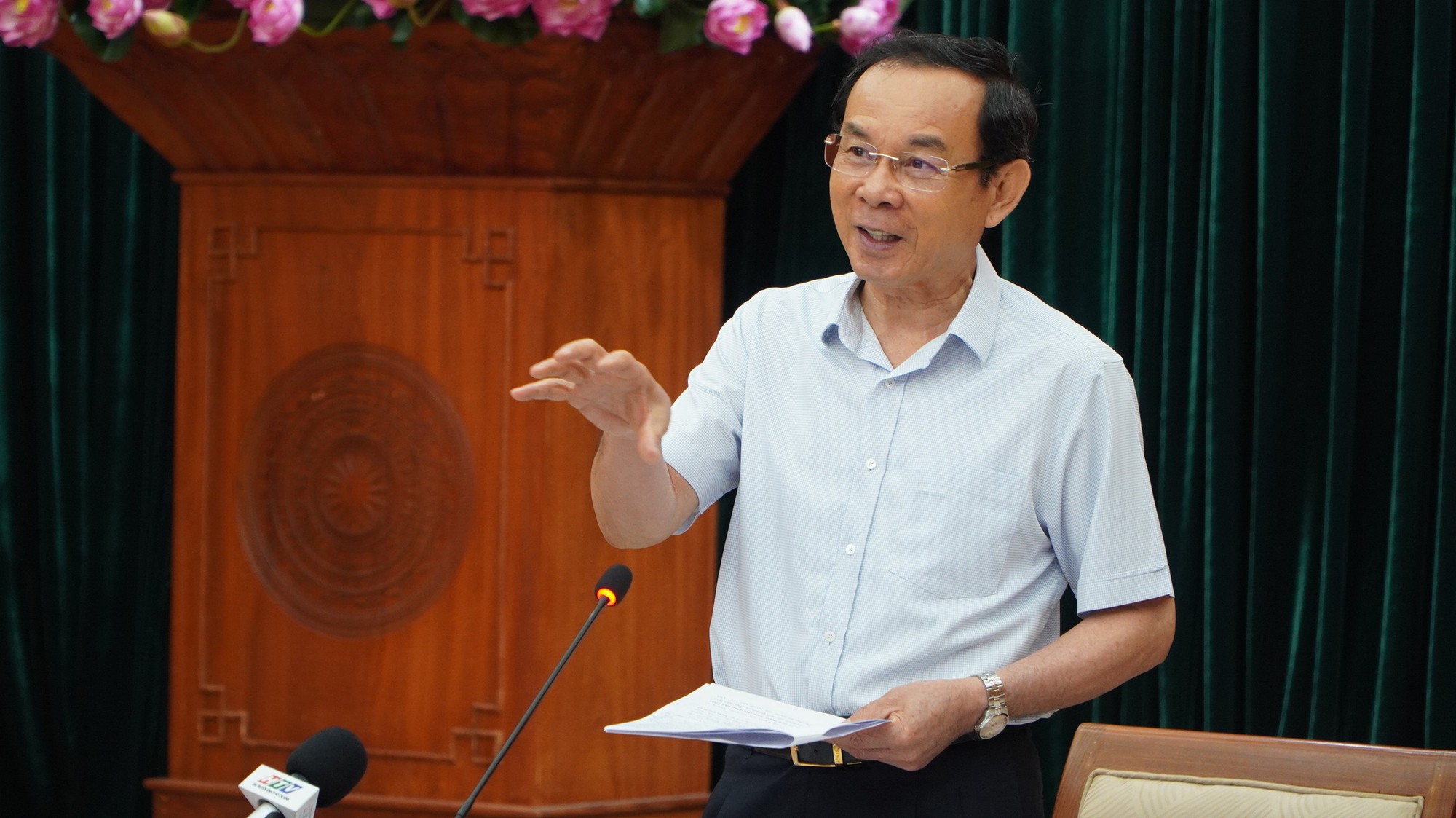
Secretary of the HCMC Party Committee delivers concluding remarks at the meeting
According to Mr. Nguyen Van Nen, after the merger of the provinces and cities, the Eastern region of Southern Vietnam will only have three remaining provinces and cities. This presents a new opportunity for Ho Chi Minh City in implementing the policy of developing socio-economic infrastructure, including transportation, with a new vision and perspective.
As shared by the Secretary of the Ho Chi Minh City Party Committee, the Central Government has introduced numerous open and robust policies, creating a favorable environment for the city to develop its urban railway network. The city also fully understands its responsibilities and is aware of the opportunities and challenges that lie ahead.
“The new model of the Southern Key Economic Region is truly remarkable. Therefore, in constructing transportation infrastructure, particularly the urban railway network, we must adopt a fresh perspective that aligns with this dynamic region,” emphasized the Secretary of the Ho Chi Minh City Party Committee.
From now until 2035, Ho Chi Minh City aims to complete 335 kilometers of urban railway (7 routes). By 2045, the city plans to add another 155 kilometers, along with two new routes: the Central City to Can Gio (approximately 48.7 kilometers) and Thu Thiem to Long Thanh (approximately 41 kilometers). This will bring the total length of the urban railway network in Ho Chi Minh City to nearly 600 kilometers.
The Secretary affirmed that the merger of provinces and cities will not alter the existing urban railway routes in Ho Chi Minh City but will instead open up new directions towards the sea and towards Dong Nai and Binh Duong provinces.
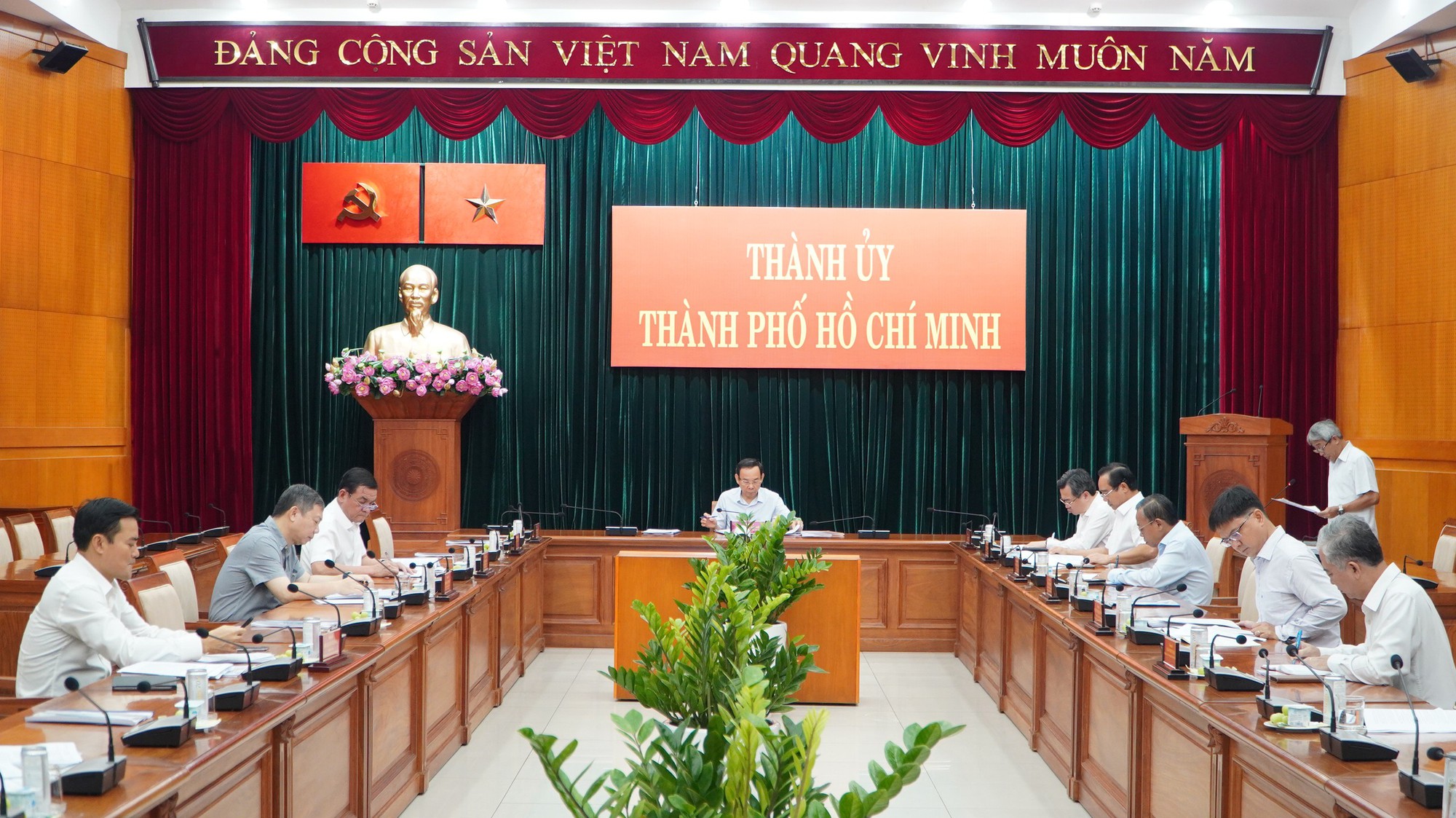
First meeting of the Steering Committee for the Development of Ho Chi Minh City’s Urban Railway Network
Mr. Nguyen Van Nen also highlighted some immediate tasks for the Steering Committee. Specifically, there is a need to adjust and supplement the working regulations in line with the new conditions. With the implementation of a two-tier local government system (without the district level), roles and responsibilities in compensation and site clearance must be clarified.
Mr. Nguyen Van Nen suggested the swift establishment of an organization (tentatively called a center) with a clear mandate to carry out tasks related to compensation and site clearance. According to the Secretary, a crucial aspect is ensuring the availability of land for project implementation. He directed the committee to address questions such as who will take on the responsibilities previously held by the district level and what organizational model will be suitable for the two-tier local government system.
In parallel, the Secretary also emphasized the importance of timely land handover, compensation, support, and resettlement, ensuring adherence to the planned schedule.
“It is essential not only to provide compensation but also to devise reasonable resettlement options. This should be coupled with the formulation of policies that safeguard the interests of those affected by the urban railway projects,” Mr. Nguyen Van Nen noted.
The Underground Tunnel’s Downpour Disaster: Why Did It Flood?
On May 16, following a heavy downpour, the underpass leading to the new Eastern Bus Station in Ho Chi Minh City experienced severe flooding, sparking concerns among residents. The city’s Transport Authority confirmed that the issue was caused by debris blocking the drainage system, rather than any malfunction in the pumping system.
The Ultimate Guide to Investing in Dong Nai’s Transportation Infrastructure: Unveiling the Massive Investment Opportunities
The Ben Thanh – Suoi Tien Metro line to Dong Nai, the Ho Chi Minh City Belt Road 4 section through Dong Nai, the Cat Lai Bridge, the Dong Nai 2 Bridge, and the elevated road along National Highway 51 are key transportation infrastructure projects currently open to investors, as announced by the Dong Nai Department of Construction.
Unlocking Property Ownership: Clearing the Path for Over 71,000 Homeowners in Ho Chi Minh City
After 6 months of operation, the Task Force has successfully addressed issues and facilitated the certification process for 97 out of 142 projects. This has resulted in the delivery of 71,418 residential units, including apartments, houses, land lots, officetels, and shops, as well as over 888 other real estate products, to the Ho Chi Minh City market.

